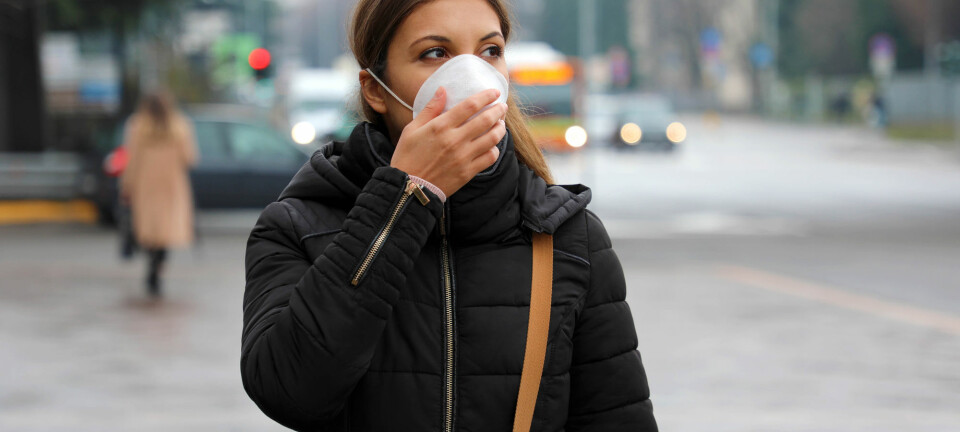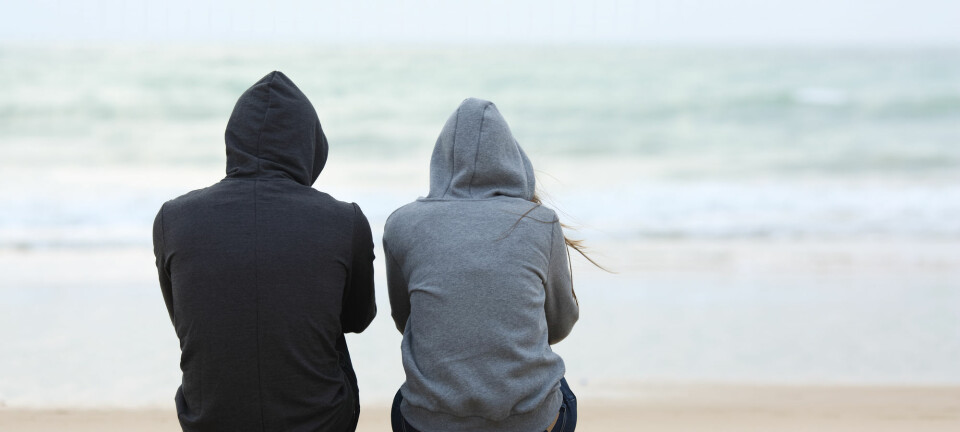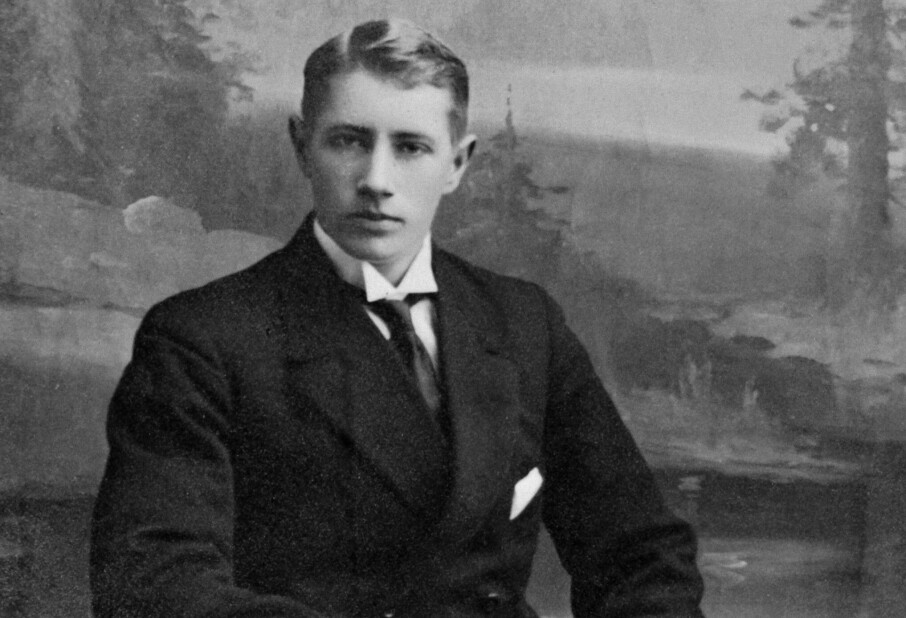
Financial worries gave Norwegians symptoms of PTSD when the pandemic hit the country
Worrying about losing your income is extremely stressful, says researcher.
Dramatic experiences such as war, traffic accidents or violence may lead to post traumatic stress disorder, also known as PTSD.
Intrusive thoughts and re-living memories combined with stress and anxiety are common features of this psychological disorder.
Earlier studies show that health workers have experienced such difficulties during the coronavirus pandemic.
A new Norwegian study finds that also people in general have experienced symptoms of PTSD.
4500 Norwegians above the age of 18 were recruited through social media in April and May of 2020. 12,5 per cent of the men and 19,5 per cent of the women had experienced symptoms of PTSD.
This is more than twice the amount found during more normal times. One population survey from before the pandemic, in 2019, found that 3,8 per cent of men and 8,5 per cent of women had PTSD symptoms.

Scared of losing income
But people weren’t necessarily so afraid of the coronavirus. They were worried about their financial situation and scared of losing their income.
“For those of us who are dependent on a steady income, meaning most of us, losing this income or being worried that you may lose it, is extremely stressful,” says Tore Bonsaksen.
He is a professor at the Inland Norway University of Applied Sciences and one of the researchers behind the study.
Those who displayed symptoms of PTSD were also more worried about the health of their friends and family, or they themselves belonged to groups with a higher risk of contracting Covid-19. Women and younger people were also more prone to displaying PTSD-symptoms.
Not representative
The study cannot however conclude that worrying about their economy is what has caused symptoms of PTSD. The design of the study makes it impossible to find out what came first, the financial woes or the symptoms. The researchers can't say how much these two issues affect each other.
As the participants have not been followed over time this is impossible to know, says Sverre Urnes Johnson at the University of Oslo. He has also done research on the mental health of Norwegians during the pandemic.
The share of people who had symptoms of PTSD in the new study could also be overestimated.
“We should be careful in using these figures for the entire population as the study is not representative,” says Bonsaksen.
Participants were recruited via social media, which gives a bias toward people who use these platforms. In addition the focus of the study may have given a bias in regards who choses to answer.
“There is reason to believe that those who feel extra affected by the pandemic are those who are more inclined to respond,” he says.
Social support is important
The new survey also gives a hint as to what might protect against such mental health issues. Those who had more support in life had less symptoms. This finding is supported also by previous research.
“We need to be extra supportive to the people around us during the pandemic,” says Bonsaksen.

“These results do not indicated that more people need to see a therapist. What’s perhaps more important are friends and family who support each other, of course without too much physical contact.”
Normal reactions to extraordinary events
Johnson from the University of Oslo also wants to give a calming message to those who may recognize the description of the PTSD symptoms.
“The most important thing to know here is that PTSD symptoms are completely normal reactions to extraordinary events. This means that you can accept the symptoms without worrying or thinking too much about it,” Johnsen writes in an email to sciencenorway.no.
“For most people these symptoms will cease naturally,” he writes.
At the same time, for some, they may lead to a need of taking sick leave, Bonsaksen says.
“Being aware of this in the health services, among GPs, but also the public in general, is important,” he says.
Symptoms, not a diagnosis
Even though many Norwegians may have had symptoms of PTSD during the pandemic, the researchers lack an important piece of the puzzle in order to give a certain diagnosis.
“The participants were asked to keep the corona pandemic in mind when answering questions. But it is not clear whether we can determine that the pandemic is a traumatic experience,” says Bonsaksen.
Johnsen also highlights this issue as a weakness of such surveys.
“We don’t know to what degree traumatic experiences have caused the symptoms of the particpants,” the UiO-researcher writes.
References:
T. Bonsaksen et al: Post-Traumatic Stress Disorder and Associated Factors during the Early Stage of the COVID-19 Pandemic in Norway, International Journal of Environmental Research and Public Health november 2020, https://doi.org/10.3390/ijerph17249210
T. Heir et al: Serious life events and posttraumatic stress disorder in the Norwegian population, BJPsych Open 2019, https://doi.org/10.1192/bjo.2019.62
Sverre Urnes Johnson et al: PTSD symptoms among health workers and public service providers during the COVID-19 outbreak, Plos One, October 2020, https://doi.org/10.1371/journal.pone.0241032
O. Ebrahimi et al: The mental health impact of non-pharmacological interventions aimed at impeding viral transmission during the COVID-19 pandemic in a general adult population and the factors associated with adherence to these mitigation strategies, Psyarxiv Preprints, https://doi.org/10.31234/osf.io/kjzsp
———
Read the Norwegian version of this article on forskning.no

































